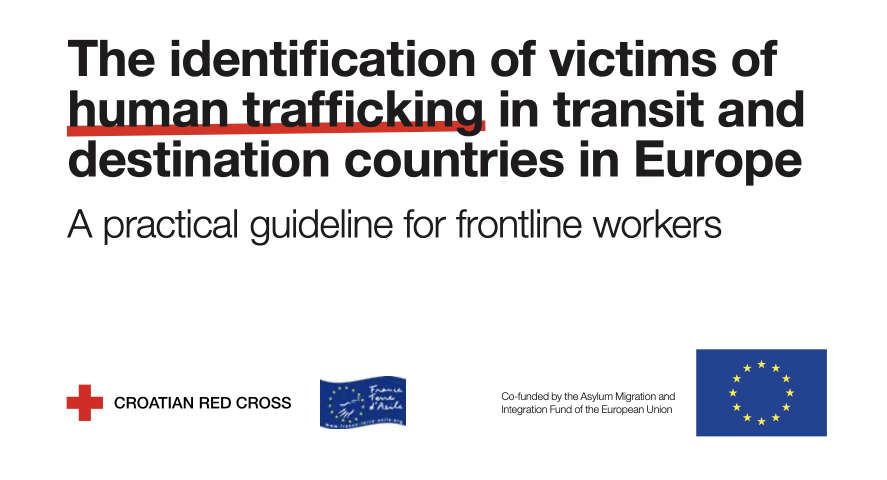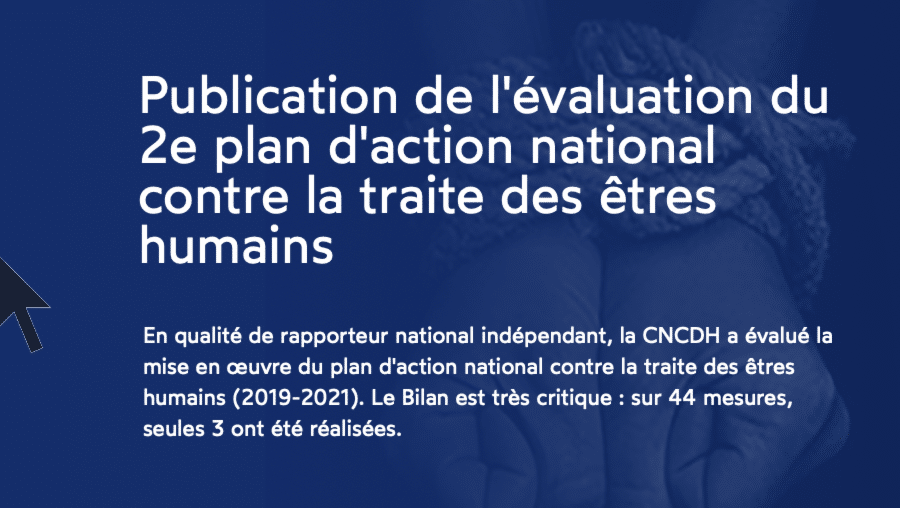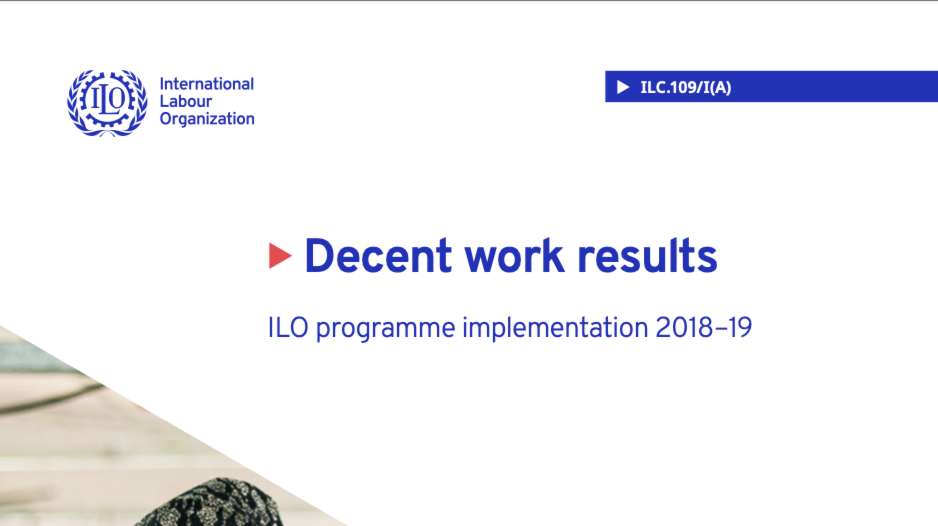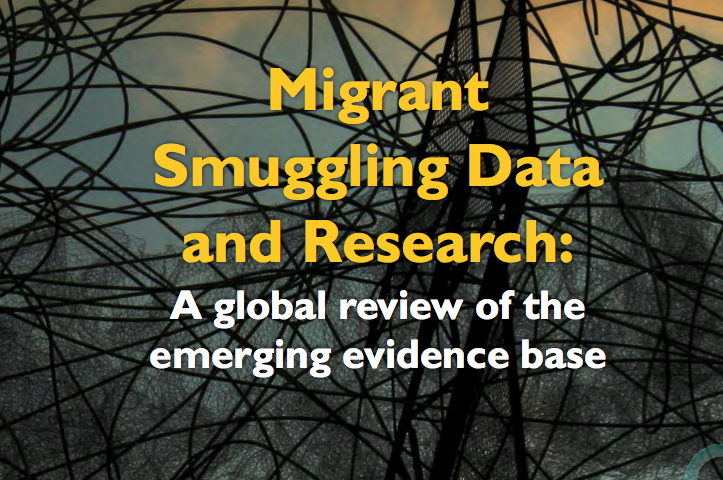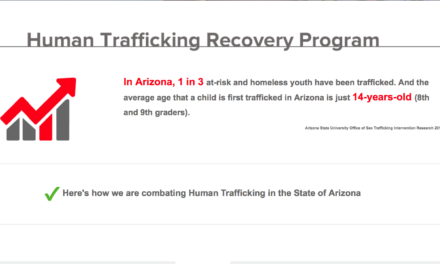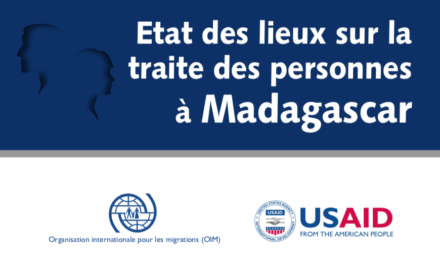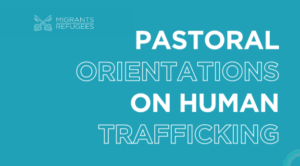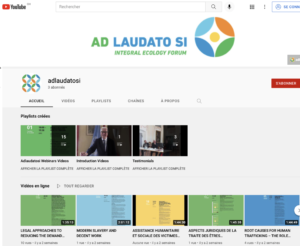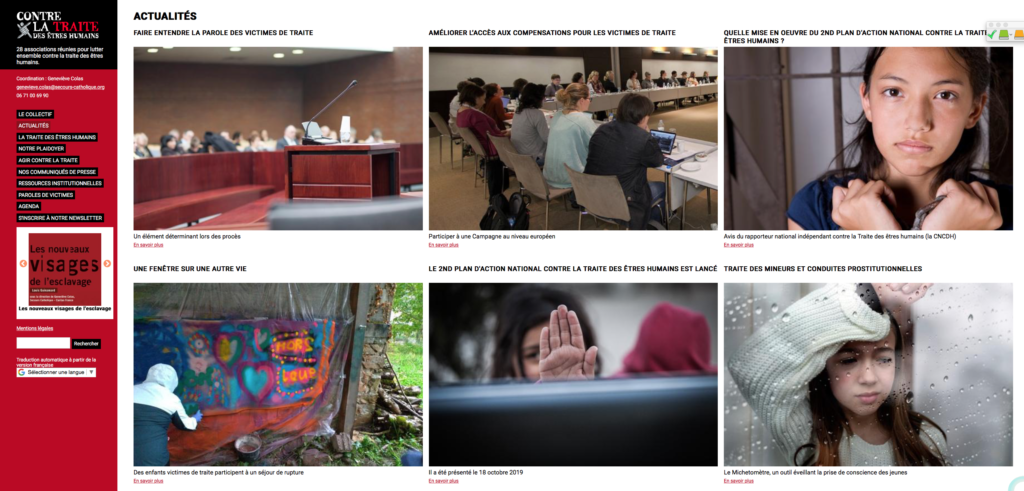The years 2015–2016 saw an unprecedented increase in the numbers of people travelling by sea and overland along migration routes to the European Union: almost one and a half million people arrived and applied for asylum in EU countries. This situation required frontline responders to be able to quickly identify and refer potential victims of trafficking in human beings among refugees, asylum applicants and migrants in an irregular situation.
The identification of victims of human trafficking in transit and destination countries in Europe — A practical guideline for frontline workers
